Even though the ice is receding, the Arctic is still a spectacular place to visit. Come along on a polar adventure with these stunning photos of the North Pole’s grandeur.
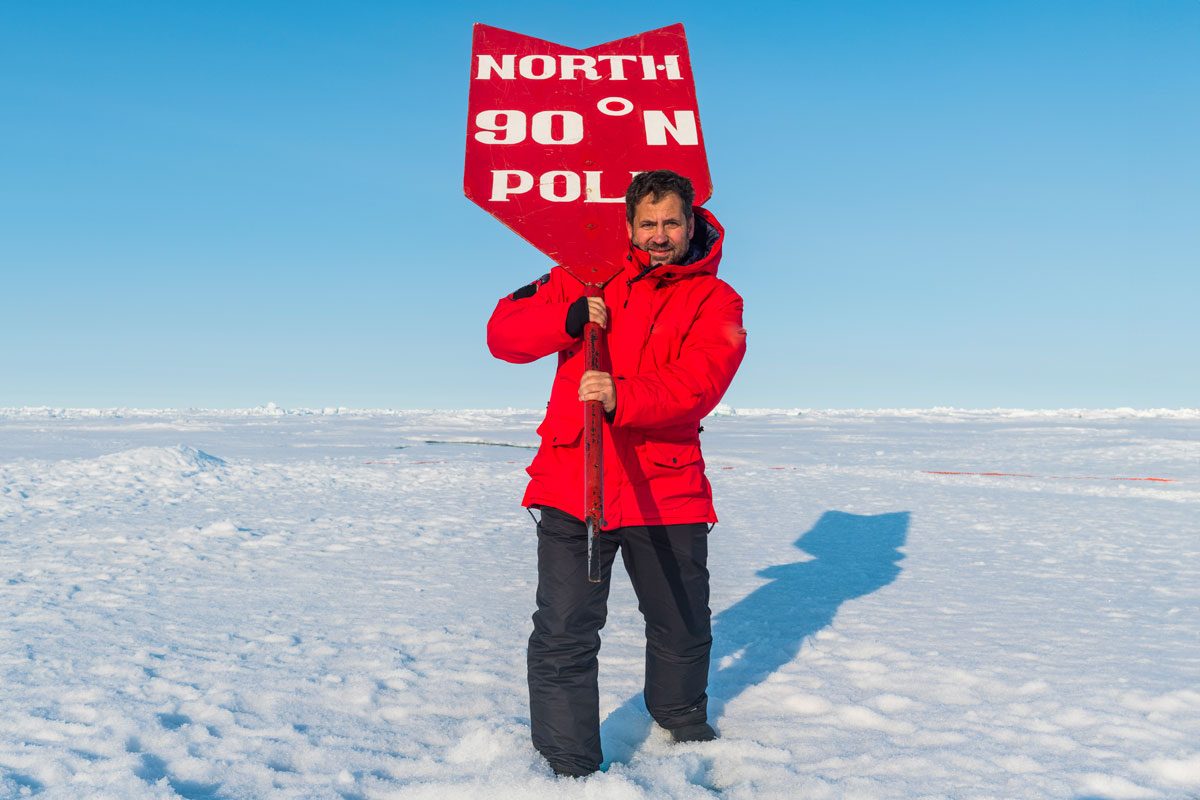
19 North Pole Photos That Reveal What It’s Really Like

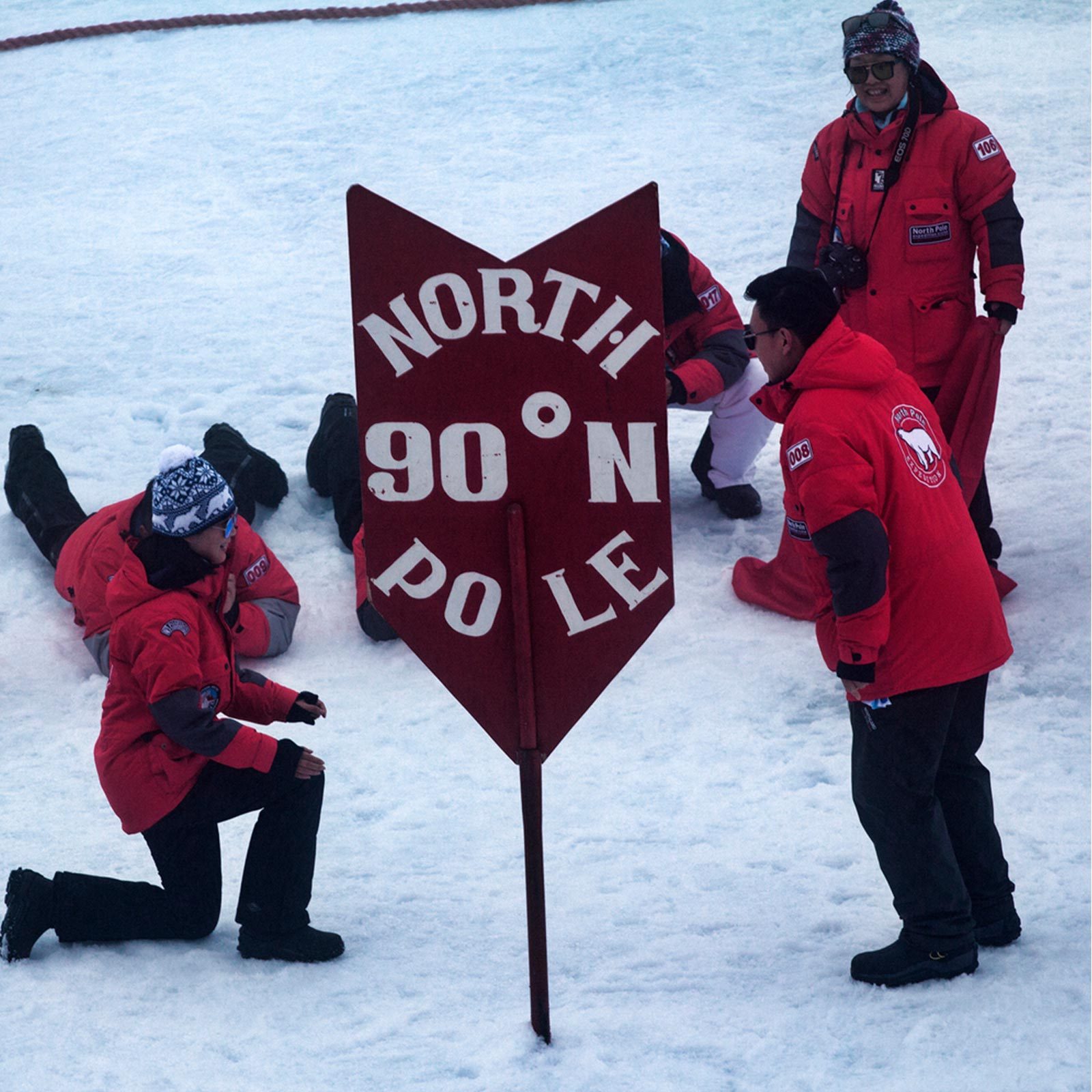
Due north
The geographic North Pole is the center of the Northern Hemisphere and the northernmost point on Earth. It stands at a full 90 degrees latitude from the equator—hence the “90° N” sign tourists love to snap pics with. Unfortunately, the North Pole is at risk due to climate change, as the Arctic glaciers are melting continuously.
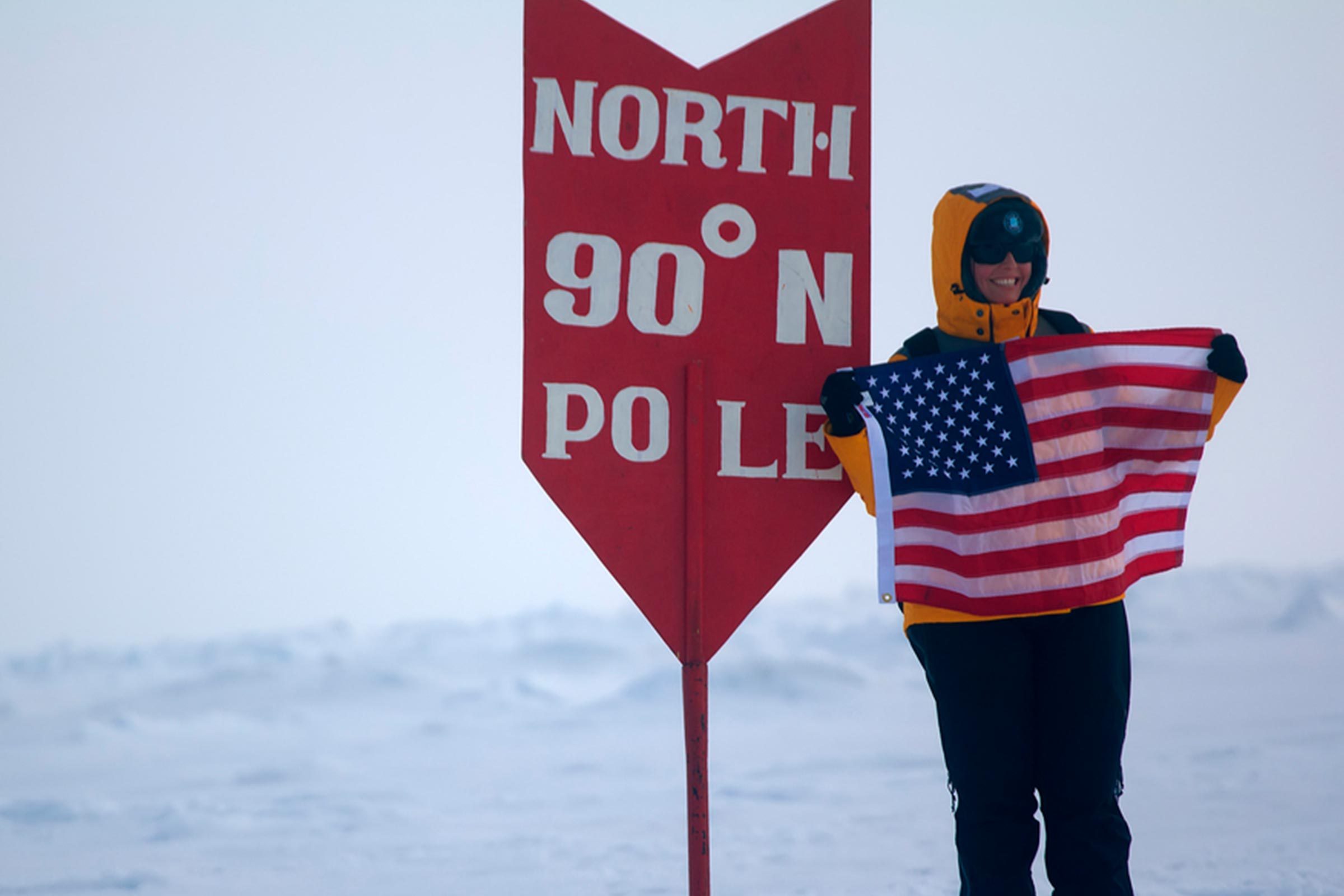
American pride
This North Pole photo shows a tourist proudly displaying to the world where her national allegiance lies. Notice she’s holding the American flag as opposed to planting it in the ice—that may be because the North Pole isn’t part of any country.
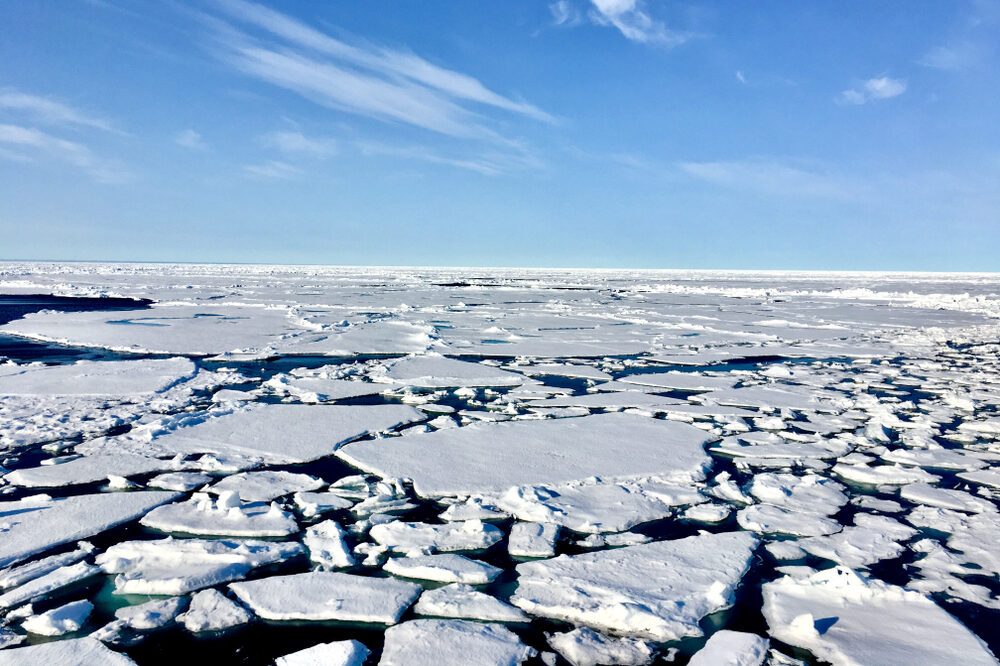
At sea level
Because it’s 100% ice, the North Pole is precisely at sea level. The only time the topography of the area varies is when the ice expands and contracts as a result of temperature changes.
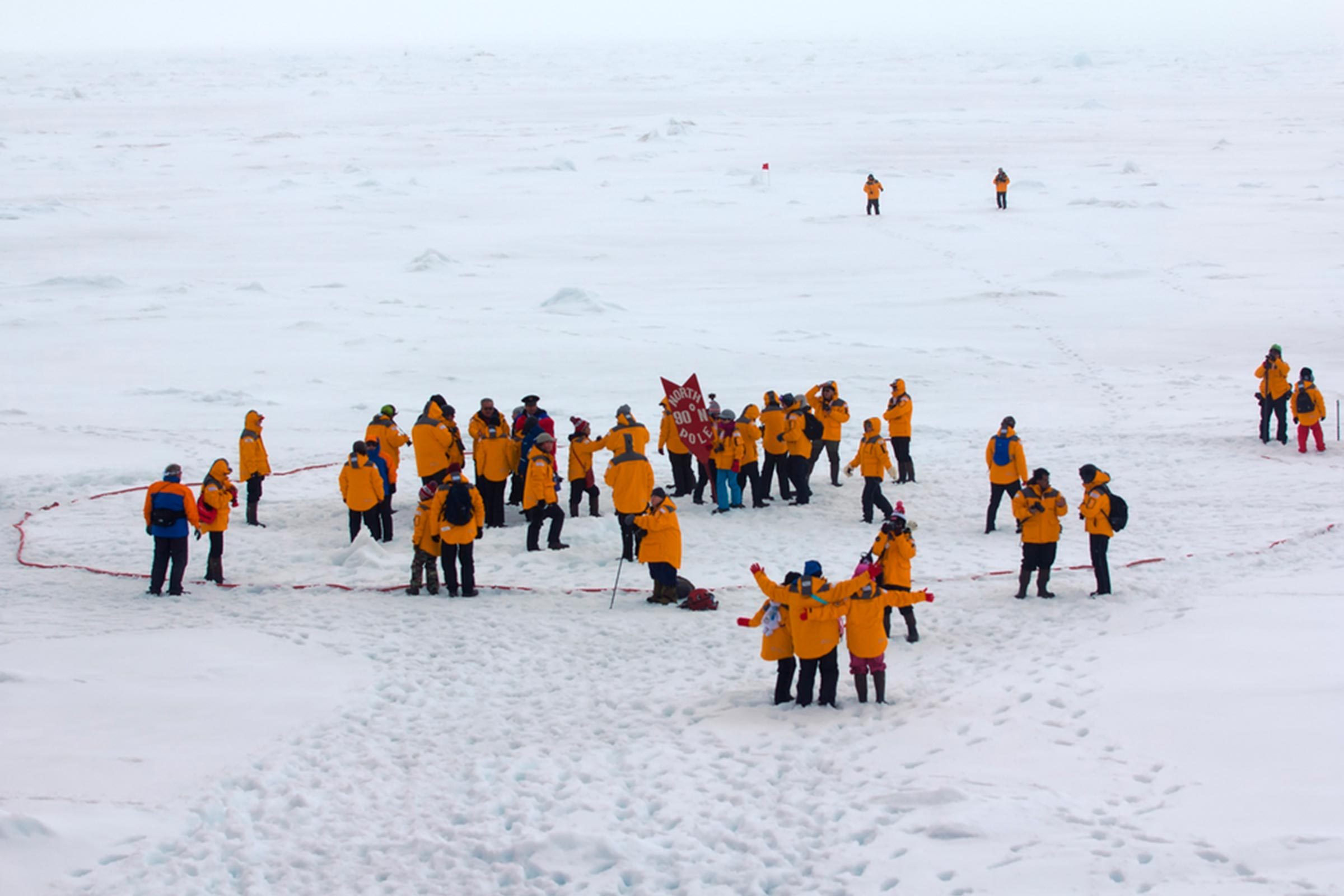
On thick ice
We tend to imagine the North Pole as the northernmost spot of earth on the planet, but get this: It doesn’t even have soil. This frigid tundra is actually continuously moving ice sheets. These tourists—who are about to gather in a circle to celebrate arriving at the North Pole—are standing on a sheet of pure ice about 6 to 10 feet deep, excluding the Lomonosov Ridge (more on that below).
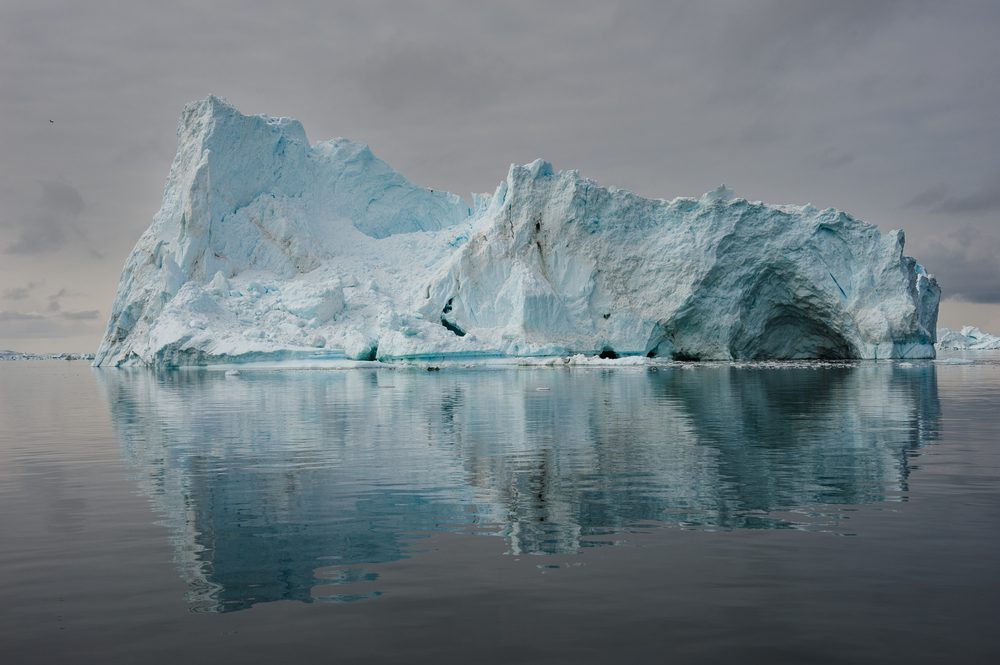
The closest land
One interesting geography fact about the North Pole is that the closest terra firma at sea level is a part of Canada. The next closest is Greenland (a self-governing part of Denmark), pictured here. Just below sea level lies the Lomonosov Ridge, on which Canada, Greenland and Russia have competing claims.
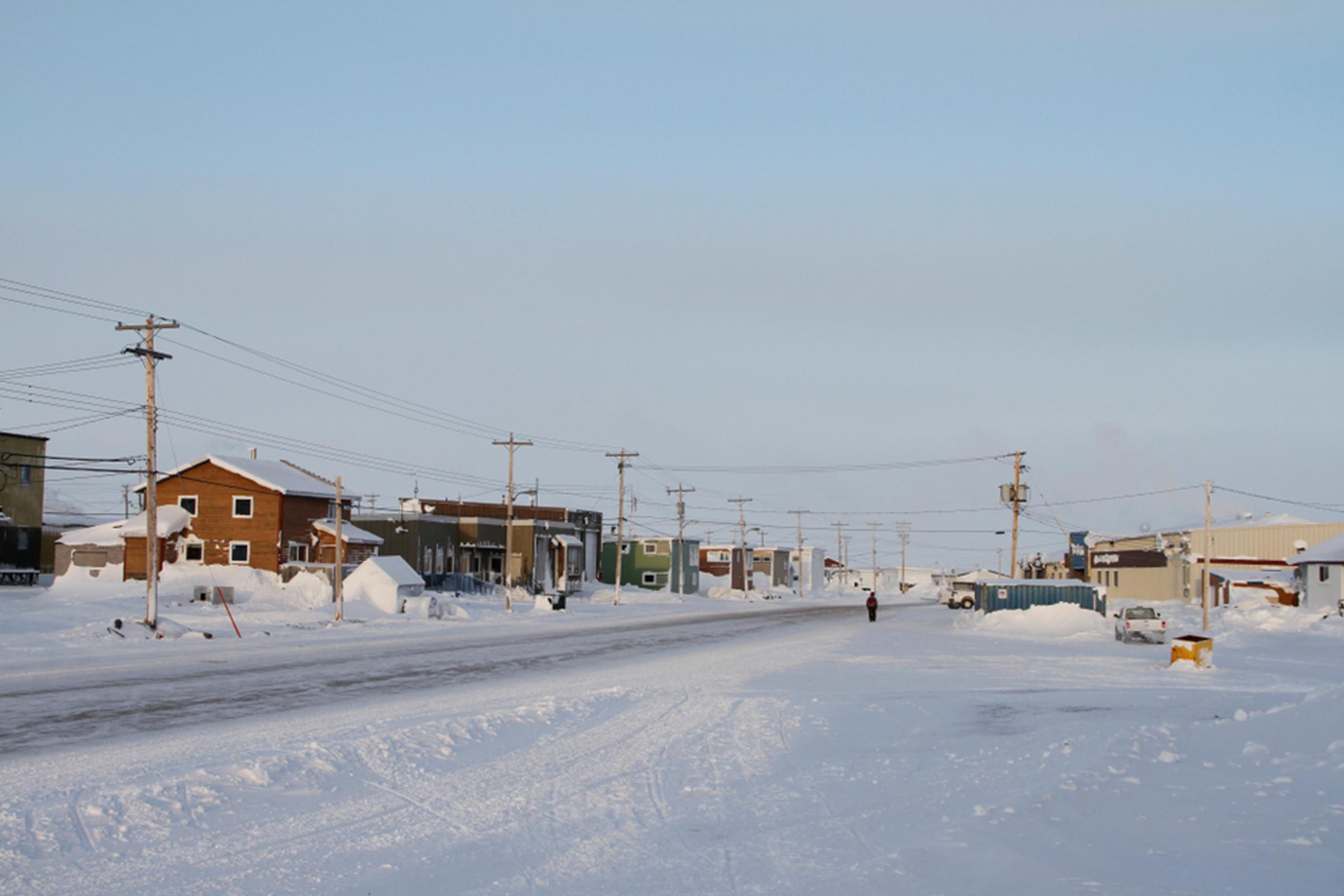
The closest inhabited town
The town closest to the North Pole is in the Nunavut territory of Canada (pictured). Known as Alert, it’s just 8 degrees south of the North Pole and is the northernmost permanently inhabited place in the world.
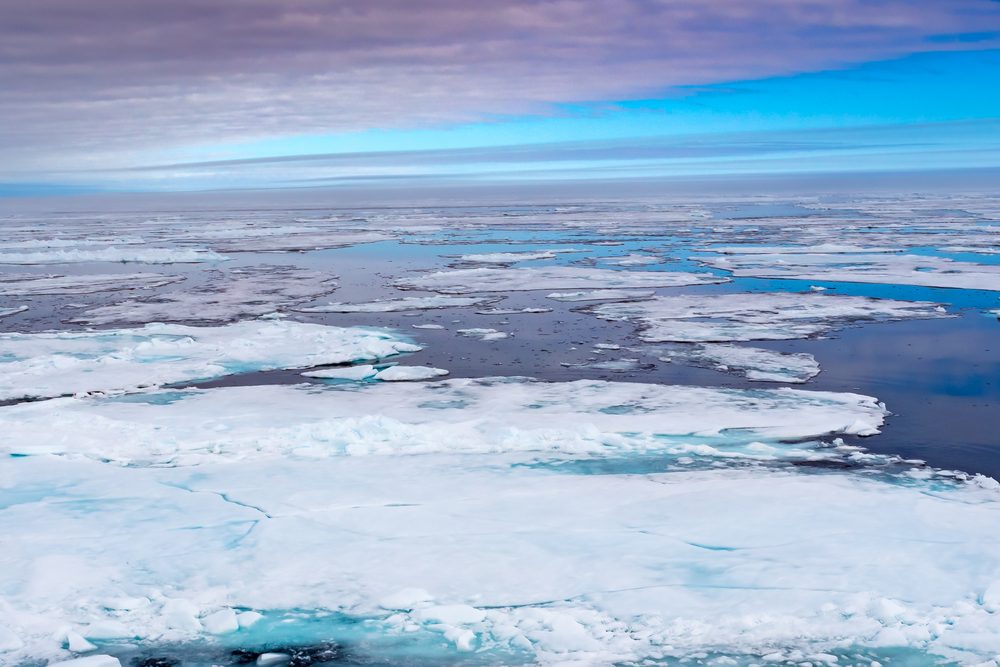
Summer seas
During the “heat” of the summer, temperatures at the North Pole can rise all the way to 32 degrees Fahrenheit—still freezing. In this North Pole photo, you can see what melting ice looks like in the area.
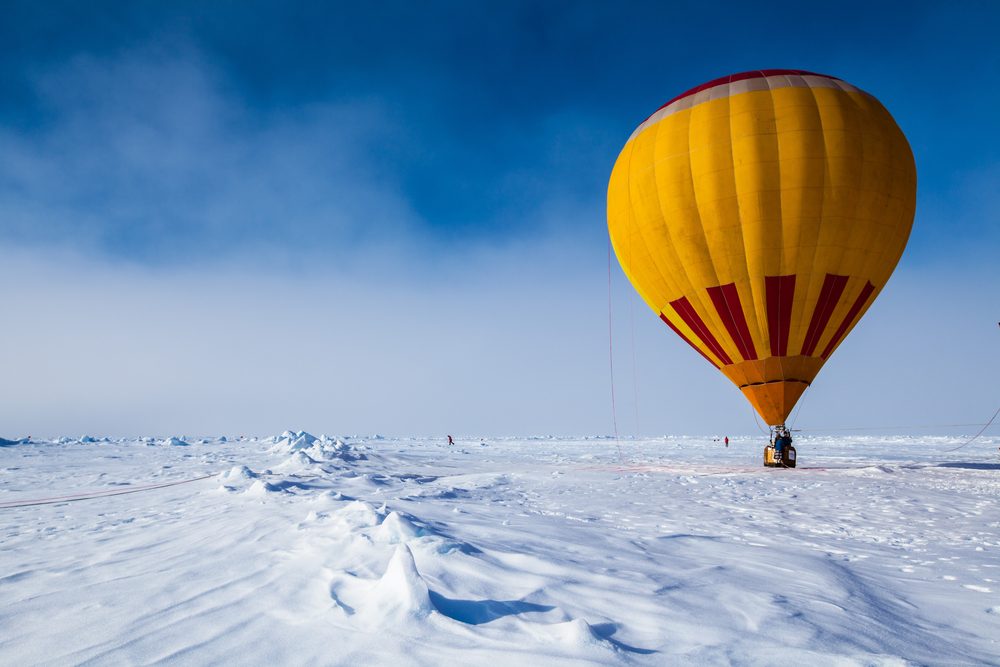
Exploration by air
This hot-air balloon is landing on ice that’s adjacent to the North Pole, but not all North Pole hot-air balloon landings turn out as well. In 1897, the SA Andrée Arctic Balloon Expedition—which was supposed to have sailed over the North Pole—crash-landed on the ice instead. It was another four decades before anyone figured out what happened to the doomed expedition.
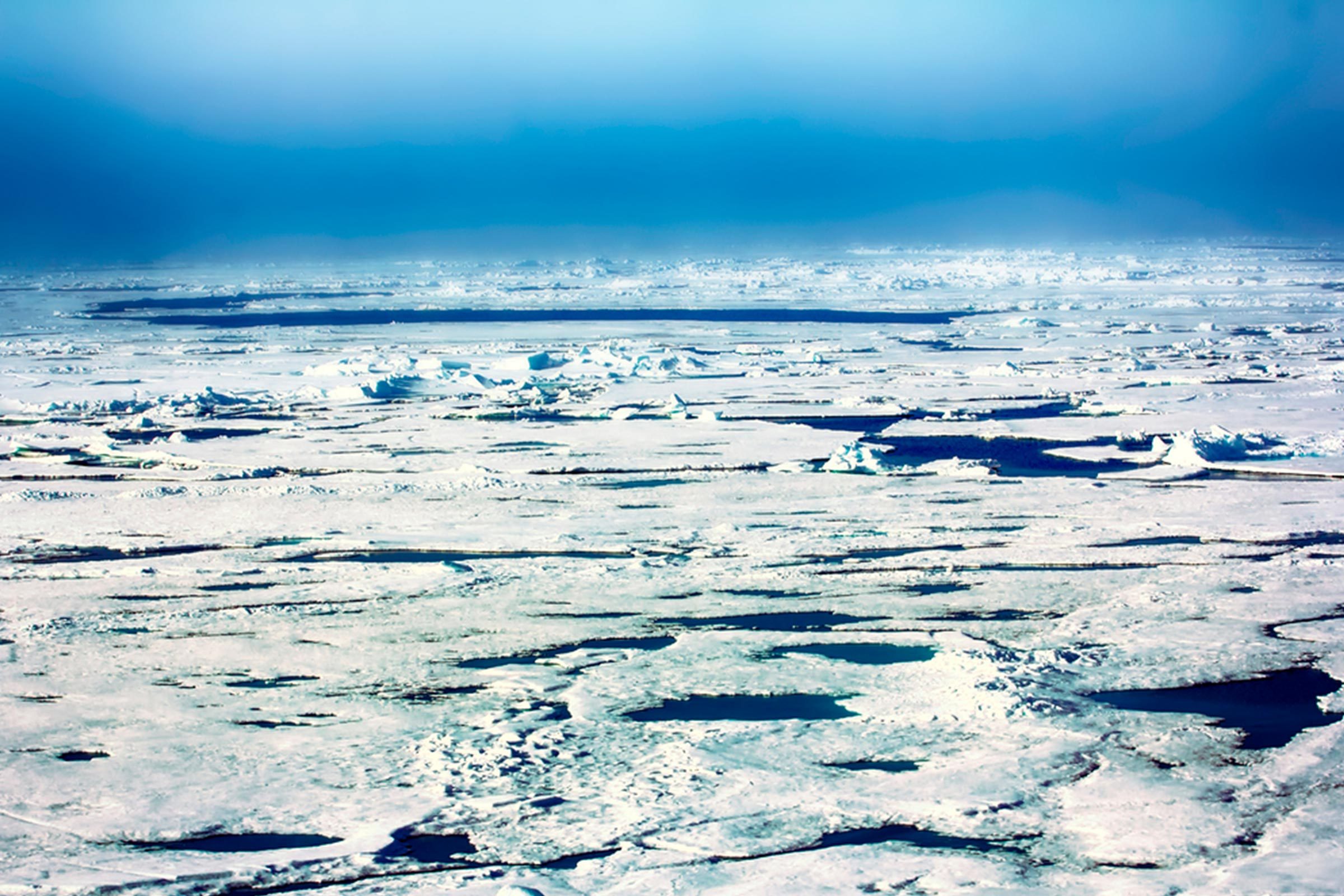
Water sky
Things at the “top of the world” look and sound very different due to atmospheric conditions unique to the North Pole. For example, this North Pole photograph shows a phenomenon known as “water sky”: The clouds above a surface of open water appear significantly darker than higher-up clouds. Chances are, this phenomenon will soon become rare because of global warming.
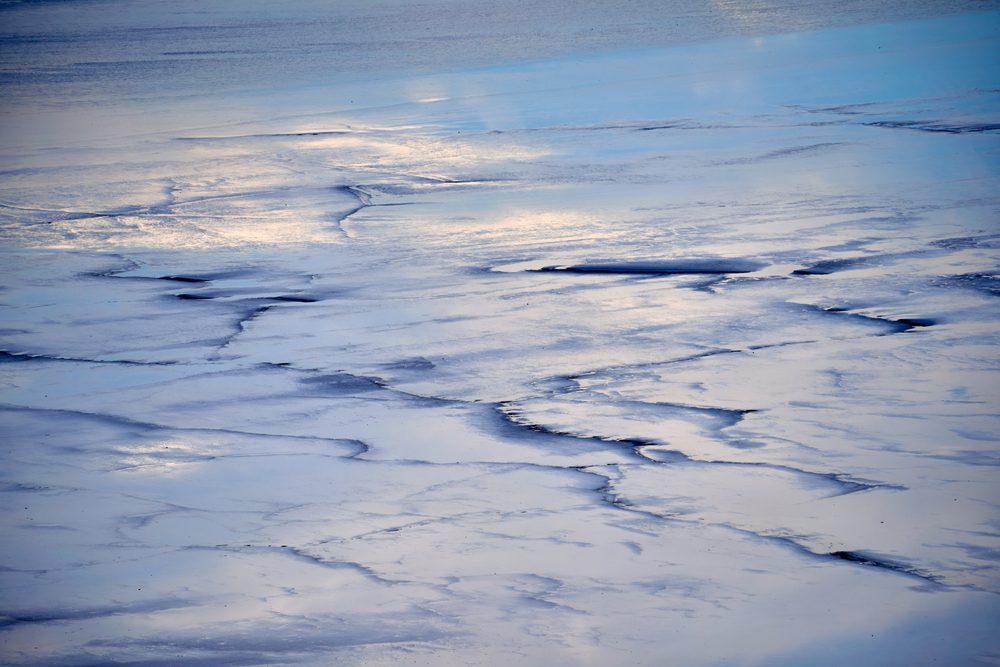
Ice blink
Another phenomenon unique to the North Pole is “ice blink,” which occurs when ice reflects light onto the underside of a cloud, creating a white glare. According to the U.S. National Snow and Ice Data Center, travelers in the polar seas can use the water sky phenomenon and ice blink to estimate ice conditions from a distance.
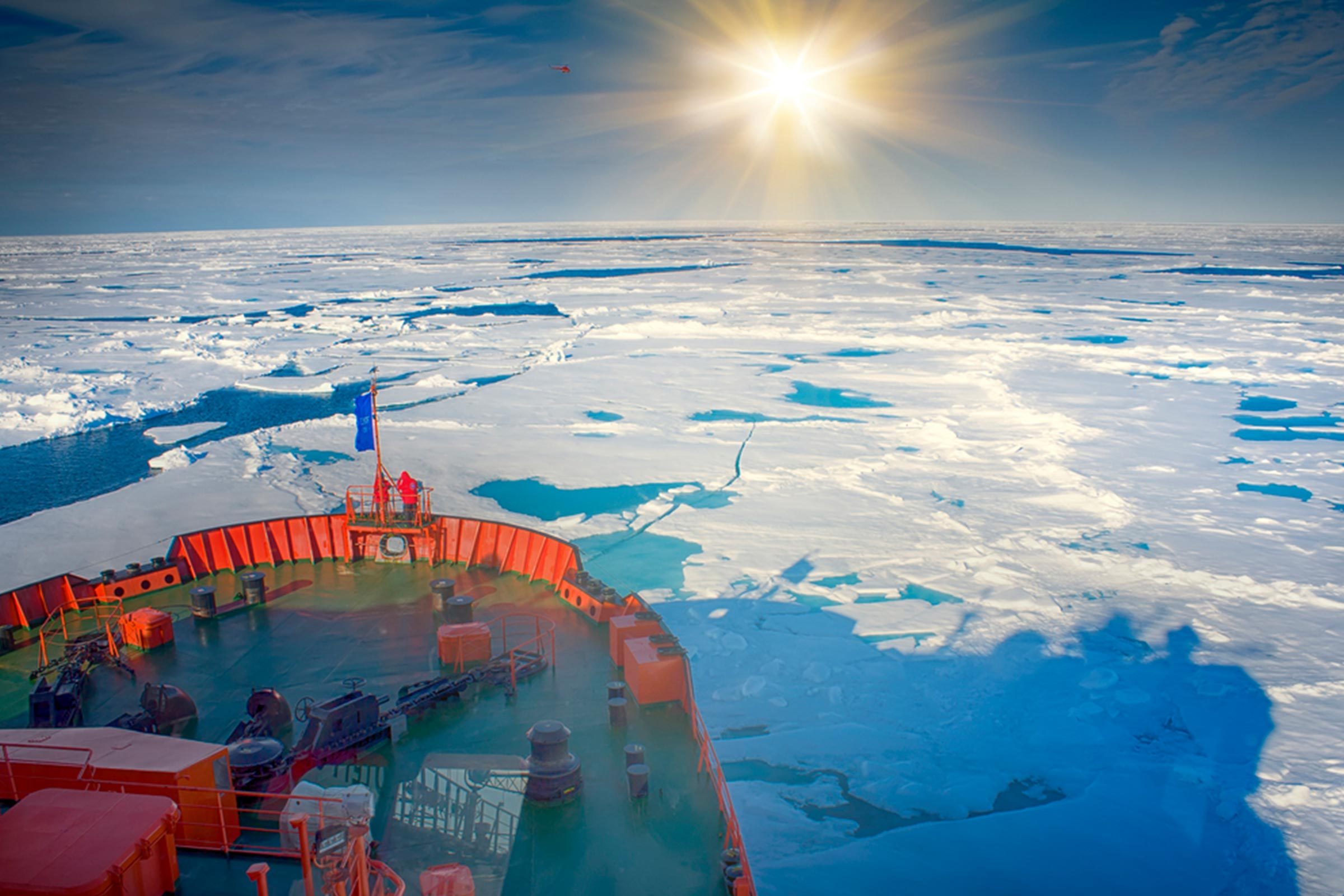
Icebreaker
This special-purpose ship, known as an icebreaker, carves safe passages for other boats and ships. This vessel is slicing through the Arctic Ocean on its way to the North Pole.
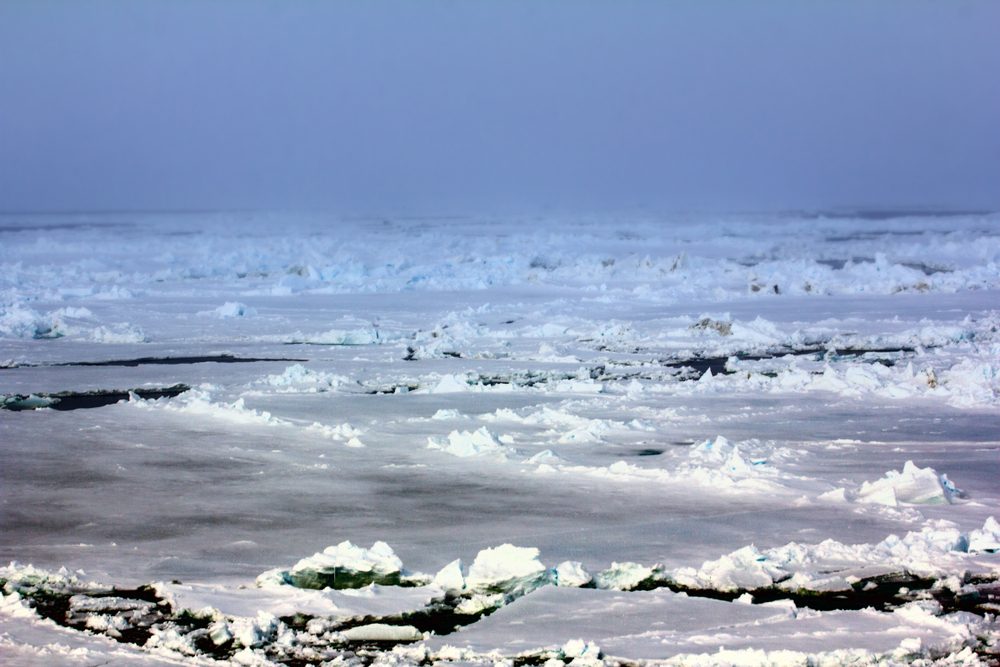
An icebreaker’s aftermath
What’s left once an icebreaker mows down sheet after sheet in the Arctic? A watery path through the ice. Here, you can see the lines of deep blue ocean snaking through thick ice cut by an icebreaker.
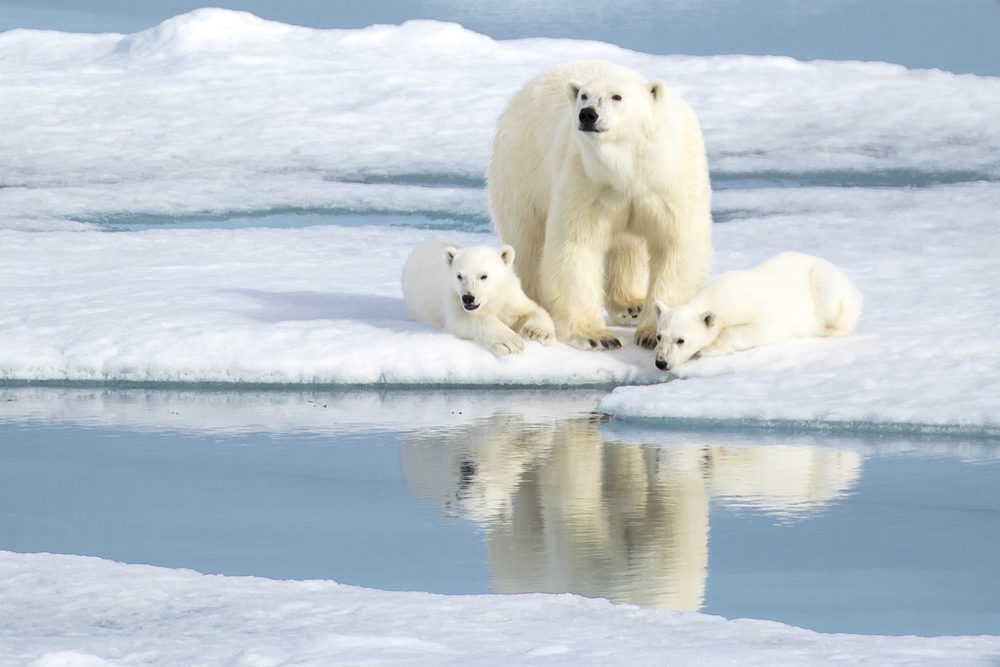
Kings of the north
You may have heard that polar bears and penguins don’t frequent the same neighborhoods. It’s true! Polar bears call the North Pole their home. Penguins, meanwhile, mainly stick to the Southern Hemisphere and do not venture north.
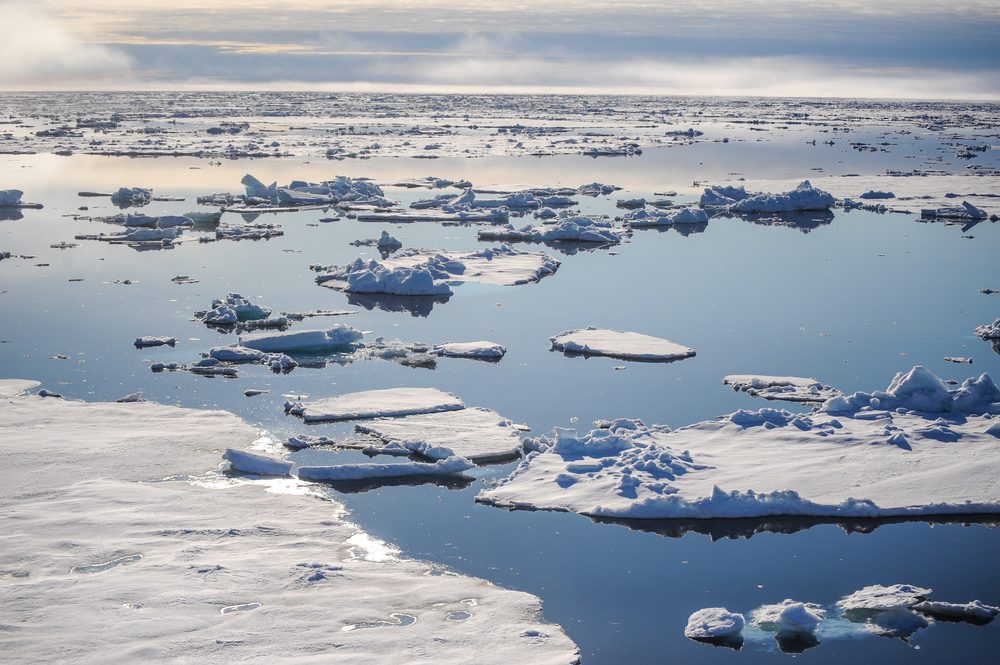
The shrinking North Pole
If you think the North Pole is impressive today, you should’ve seen it years ago. Fact is, the amount of Arctic sea ice that survives the summer is declining—and fast. According to the National Oceanic and Atmospheric Administration (NOAA), it’s a loss of about 30,000 square miles of end-of-summer ice per year. On top of that, the North Pole had its warmest winter on record this February, with temperatures jumping 36 degrees above normal. The global water level is on the rise, and the risk is real for animals living at the North Pole, including polar bears, which need ice to survive.
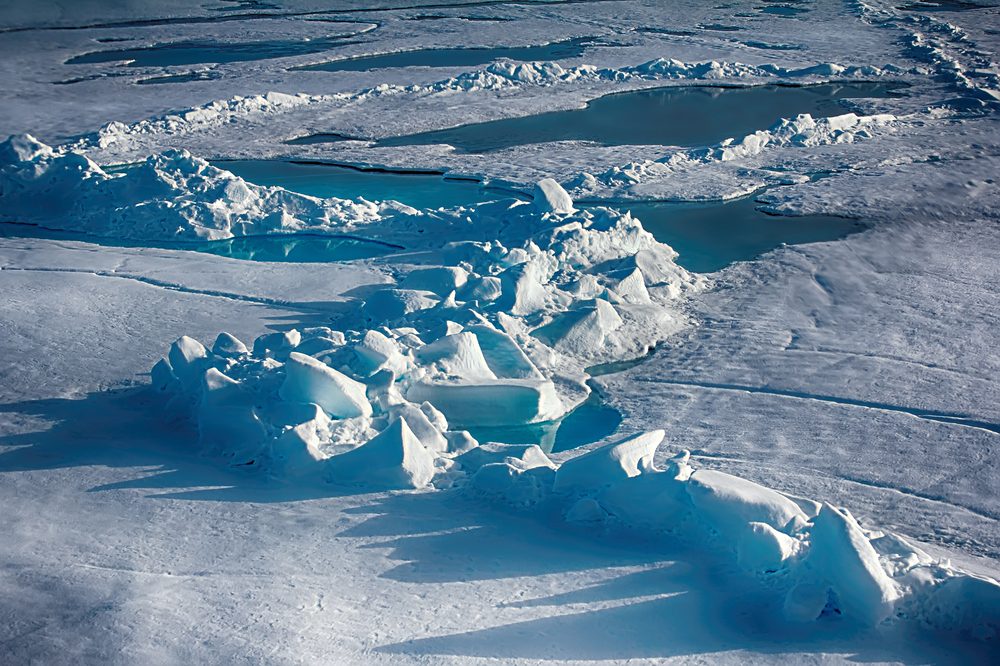
The North Pole’s summer
Scientists recorded a heavy thaw in the summer of 2016, when this North Pole photo was taken. The distinct pooling of water is known as meltwater, and scientists track it annually to determine the effects of climate change. Since this photo was taken, the Arctic’s end-of-summer sea ice has likely decreased by nearly 30,000 square miles, according to NOAA.
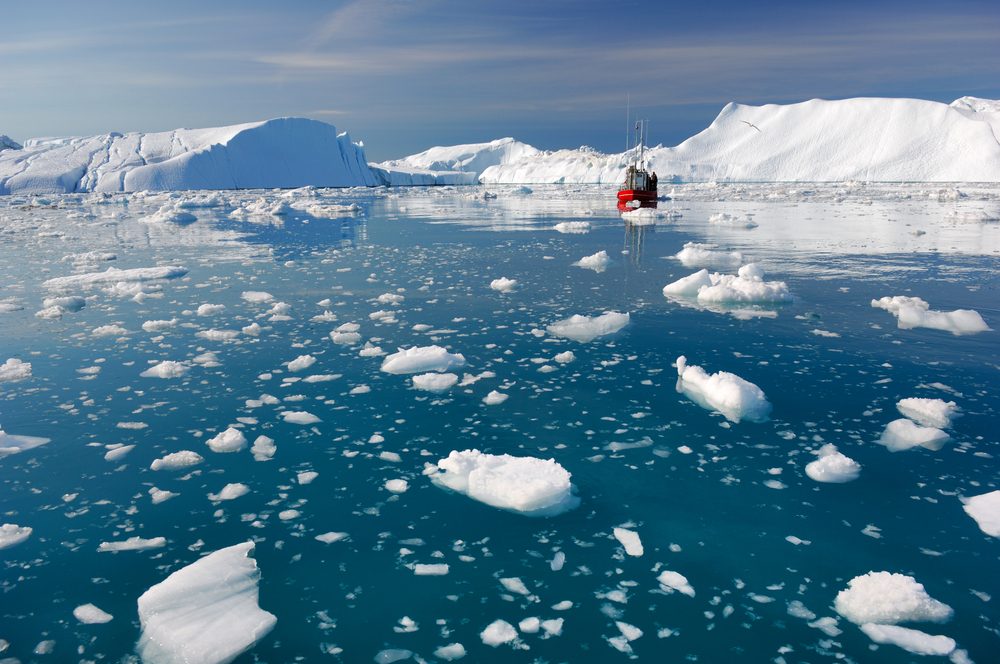
The North Pole of the future
No, this isn’t a North Pole photo. These icebergs are floating in meltwater pools several hundred miles away, off the Greenland coast. But they provide some idea of what scientists think the North Pole might look like in the future as the Arctic ice continues to diminish.
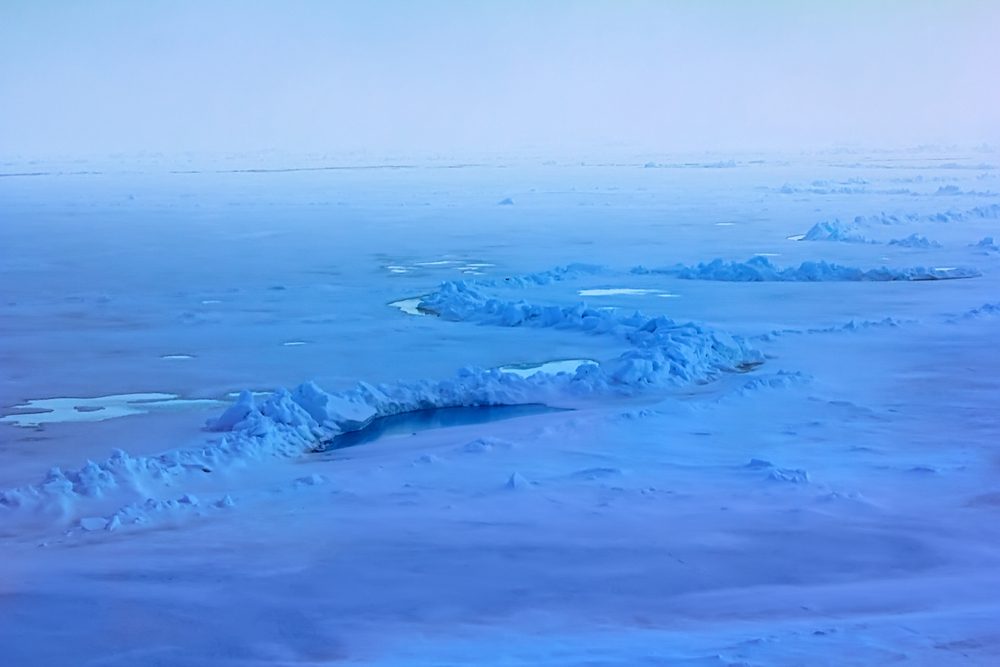
Pressure ridges
These formations are called pressure ridges: steep-sloped ridges of ice rising around 5 to 10 feet or more above adjacent ice. Pressure ridges are composed of ice fragments that get pushed together as a result of natural forces at the North Pole.
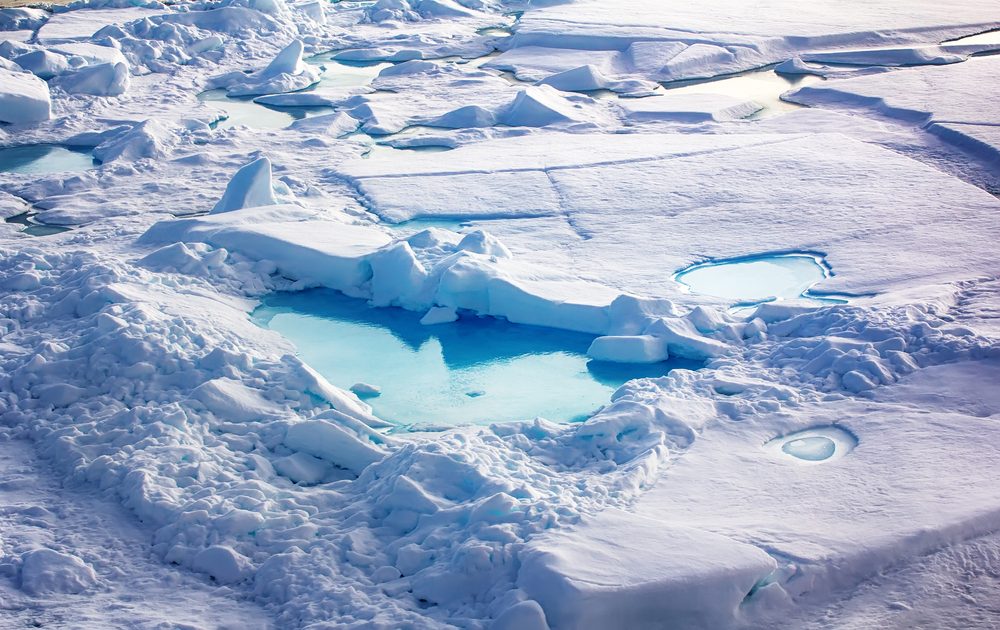
Rubble ice
When ice fragments are pushed together by oceanic movement, they can form a jumble of small pieces known as “rubble ice.” It is quite commonly spotted in North Pole photos and can cover large expanses of the region.
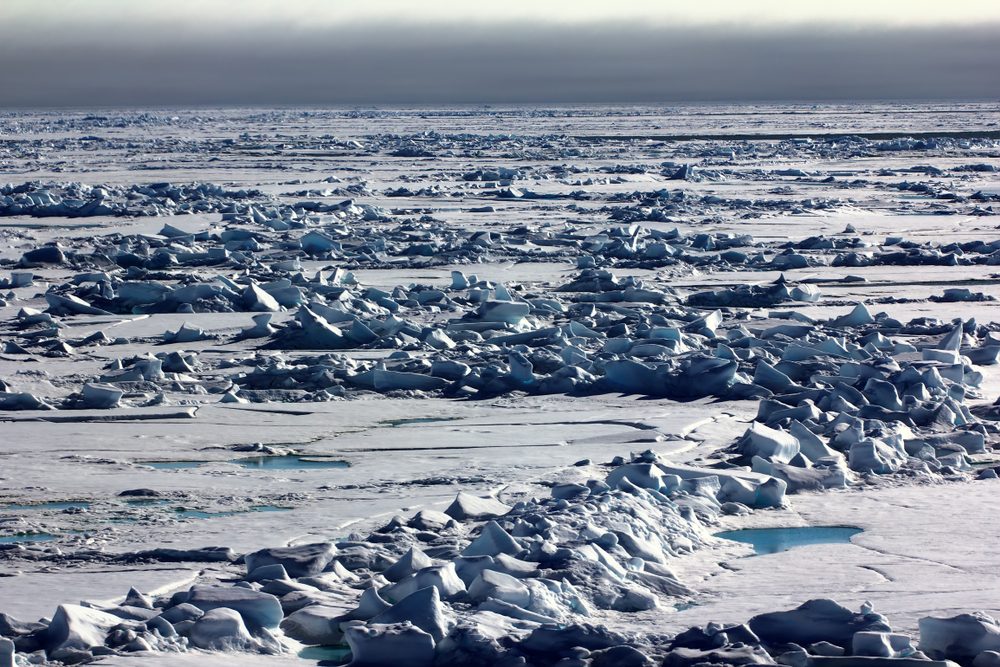
The midnight sun
In late June, the sun won’t set at the North Pole; although it’s late evening in this photo, it looks as if it’s the middle of the day. Scientists call the smooth chunks of ice seen here “hummock” ice, and it can form during the summer melt.
Why trust us
Reader’s Digest has published hundreds of travel stories that help readers explore the world safely, easily and affordably. We regularly cover topics such as the best places to visit (and the best times to visit them), tips and tricks to zoom through airport security, flight-attendant secrets, hotel-room hacks and more. We’re committed to producing high-quality content by writers with expertise and experience in their field in consultation with relevant, qualified experts. We rely on reputable primary sources, including government and professional organizations and academic institutions as well as our writers’ personal experiences where appropriate. We verify all facts and data, back them with credible sourcing and revisit them over time to ensure they remain accurate and up to date. Read more about our team, our contributors and our editorial policies.
Sources:
- Live Science: “The North Pole: Location, Weather, Exploration…and Santa”
- Geologic Structures of the Arctic Basin: “Lomonosov Ridge”
- The Guardian: “Russia Plants Flag on North Pole Seabed”
- Daily Mail: “Inside Alert, The Most Northerly Settlement in the World”
- Physical Sciences Laboratory: “Observatory at Alert, Nunavut, Canada”
- NASA Climate Kids: “Which Pole is Colder?”
- The New Yorker: “The Ice Balloon”
- NSIDC: “What is the Cryosphere?”
- Marine Insight: “What is an Icebreaker Ship and How Does It Work?”
- BBC: “The Truth About Polar Bears”
- NOAA: “Climate Change: Arctic sea ice summer minimum”
- NOAA: “Assessing the Global Climate in February 2025”
- The Guardian: “Temperatures at north pole 20C above average and beyond ice melting point”
- PMEL: “What is the Difference Between Rubble Ice and Pressure Ridges?”
- NSIDC: “Hummock”




















